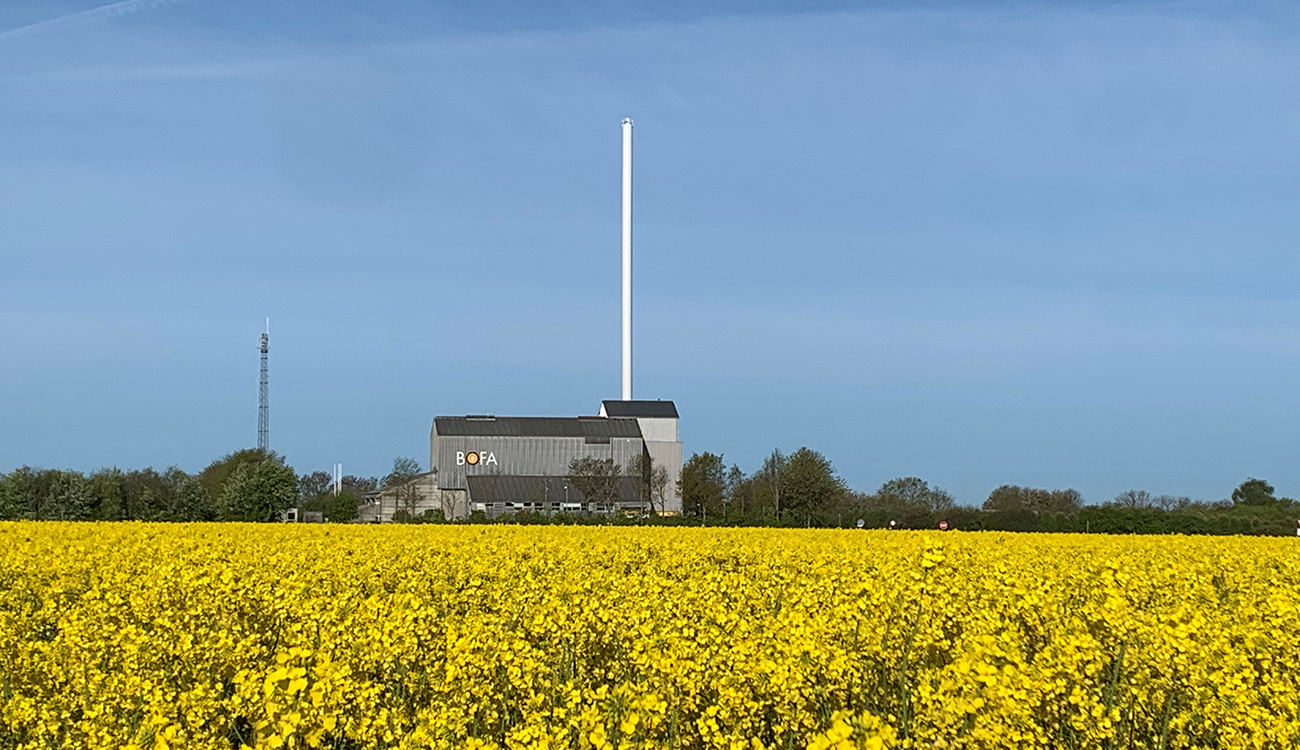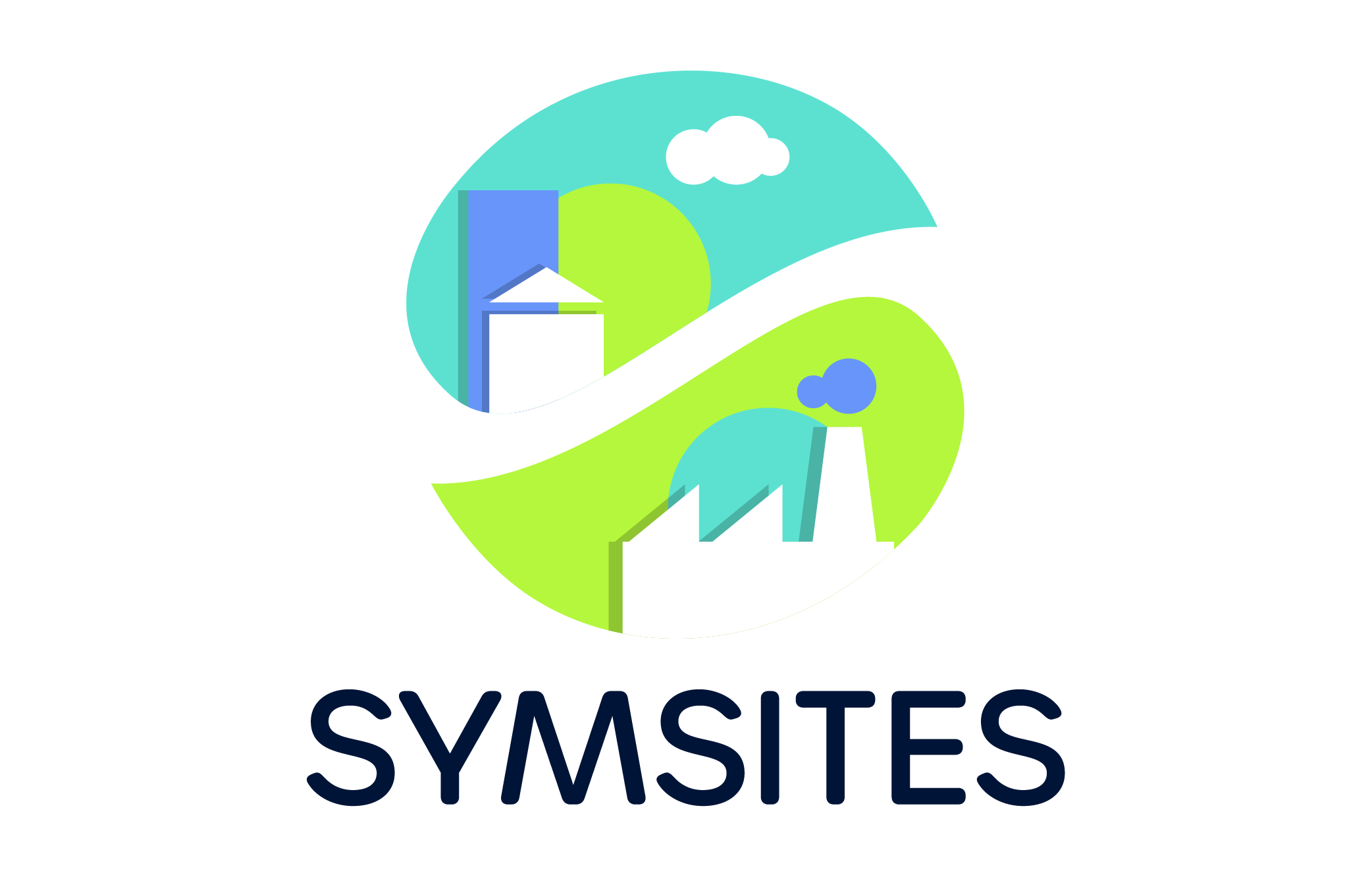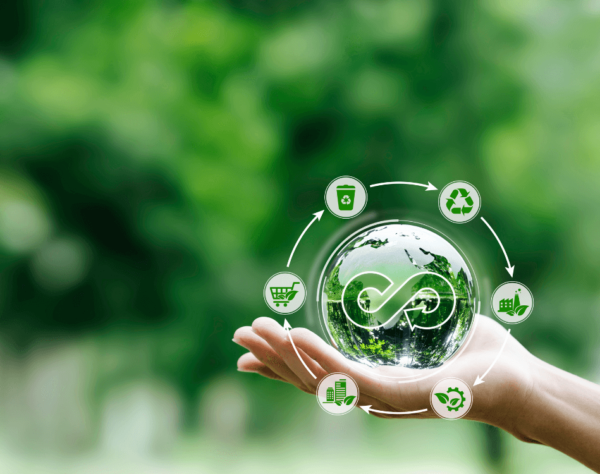
Denmark’s waste incineration path dependency
Although a well-established waste management infrastructure is in place, Denmark is one of the EU countries with the highest levels of consumption, and thereby waste generation. Paradoxically, Denmark thereby faces challenges in its sustainability transition despite being one of the more well-off and technologically advanced EU member states on waste management.
The annual amounts of municipal solid waste in Denmark are amongst the highest in the EU at 786 kg per capita (as of 2021) against an EU average of 530 kg per capita. Denmark has historically been able to significantly reduce landfilling as a waste treatment option through penalizing landfilling with high costs, and also by investing heavily in waste incineration infrastructure. Currently landfilling accounts for only 3% percent of waste treatment for all waste, while incineration accounts for 25% percent. For household waste, only 1% is landfilled but 46% is incinerated.
The high rates of waste incineration for household waste are a hallmark feature of the Danish waste system, but this is on the verge of becoming unfashionable. It has been recognized that waste incineration has created a path dependency effect, which has led to a situation in which municipally-owned waste incineration plants have excess capacity and domestic recycling infrastructure is limited.
Perhaps in recognition of the fact that waste incineration is neither a suitable strategy for circular economy nor is aligned with the EU waste hierarchy, there have been attempts to adjust national waste incineration capacity downwards. The sector is in the midst of a corporatization of downstream waste activities which, as hoped for by a majority in the Danish parliament, is expected to lead to GHG emissions reductions and a market-driven decrease of waste incineration capacity. Resistance to this is being met at all levels.
Bornholm showing the way
What to do in a situation where alternatives to waste incineration are sought for in a waste system that is resistant to drastic shifts?
The Danish island of Bornholm in the Baltic Sea with a population of almost 40,000 people might offer some answers.
Led by BOFA, the island’s public waste authority and service provider, Bornholm has the ambition of achieving “zero waste” by 2032 when its waste incineration plant is set to be decommissioned and all waste is to be prevented, reused or recycled, with waste incineration and landfilling to be completely phased out. In other words, Bornholm has set out voluntarily on another path.
Currently, out of approximately 80,000 metric tons of waste generated annually, around 68% is (sent for) recycling, 27% is incinerated and 5% is landfilled as of 2021.
Bornholm’s “zero waste” vision was unanimously adopted by the islands municipal council in 2018 and has paved the way for seeking innovative solutions through various means, which may be replicated elsewhere. The challenges Bornholm faces are clear: As an island, waste handling logistics are a challenge due to high costs, and a popular tourist destination with over 500,000 visits a year, there is a significant seasonality in waste generation on the island.
One of the hardest challenges is finding alternative solutions to incineration that entail local solutions, for instance through industrial-urban symbiosis. By keeping things local, GHG emissions are avoided which are associated with shipping of waste away from Bornholm.
A vision for the future
Enter SYMSITES, which aims to test out a solution involving local industry and agriculture and citizens, combining organic by-product and waste streams in an innovative bioreactor attached to a local wastewater plant. While Danish legislation prohibits use of solid urban biowaste as a main source of biogas production in Danish wastewater plants, it is allowed if there is excess capacity and it is necessary for optimization of the process, as in the SYMSITES project.
This all fits nicely into the situation that BOFA has in Bornholm’s waste system, particularly with respect to the food waste percentage of urban biowaste. National waste legislation has since 2021 mandated all Danish municipalities to streamline household door-to-door waste collection methods by implementing collection schemes involving at least 10 different sorted fractions (paper, cardboard, glass, metal, plastic, food and beverage cartons, textiles, hazardous waste, food waste and residual waste). For Bornholm, this is seen as potentially providing a massive boost to recycling rates and diversion of waste streams from BOFA’s incinerator. Food waste is currently part of residual waste from households, which is simply incinerated at the moment.
BOFA will be implementing a refined door-to-door waste collection scheme at full scale by the end of 2024. For the food waste fraction, one of the concerns is methane generation associated with temporary storage and shipping of waste through long-range ferry transportation off the island.
Through local urban-industrial symbiosis, alternative pathways are to be explored.
Sources
Eurostat: Municipal waste statistics – Statistics Explained (europa.eu)
Danish EPA: Rapport (mst.dk)
BOFA: BOFA_mini-publikation_UK_A4_160119.pdf
Christensen, D., Hjul-Nielsen, J., Moalem, R. M., & Johansen, B. (2021). Circular Economy in Denmark: Bornholm’s Vision to Achieve 100 Percent Reuse and Recycling. Circular Economy: Recent Trends in Global Perspective, 385-424.





